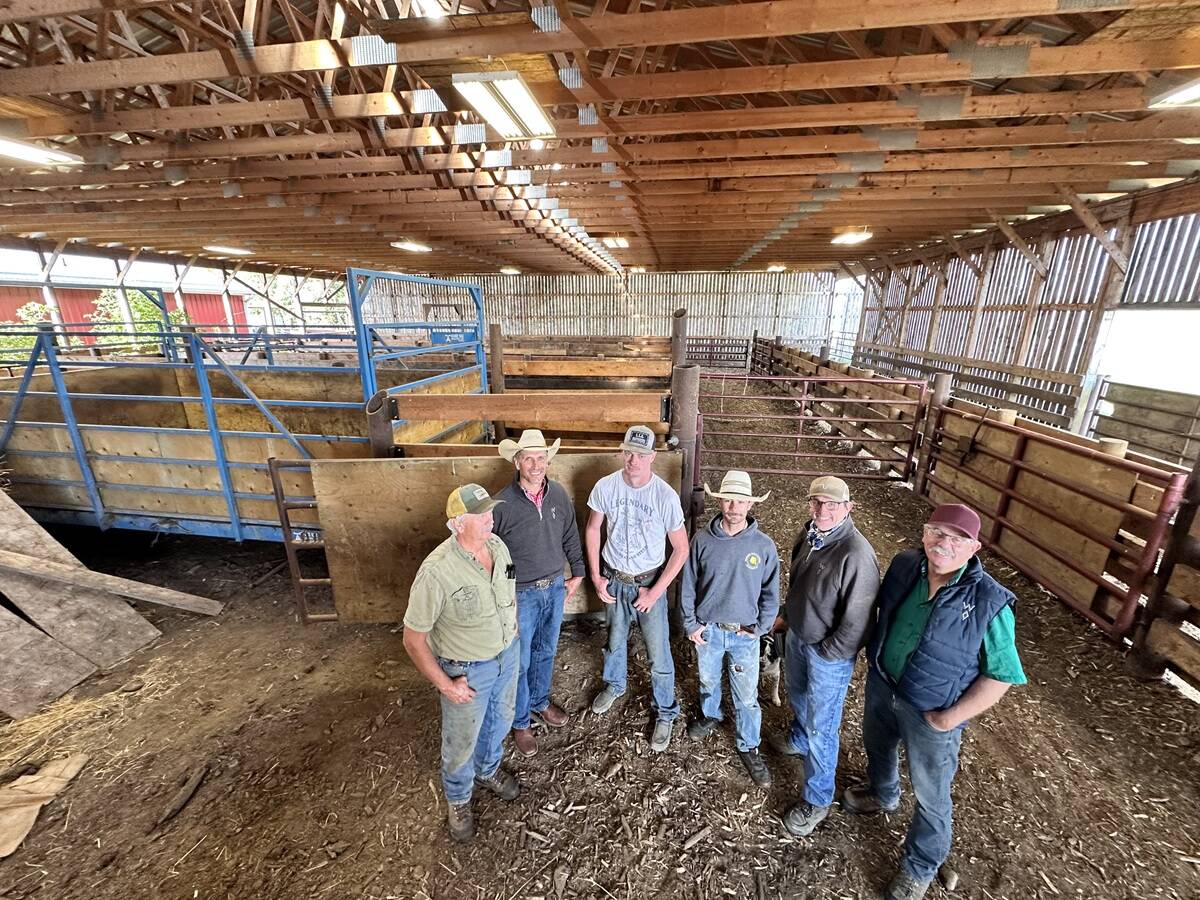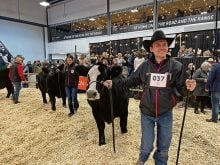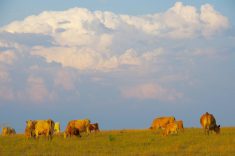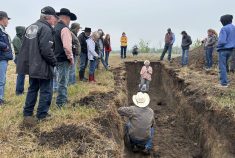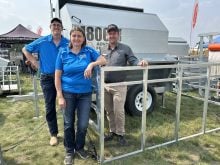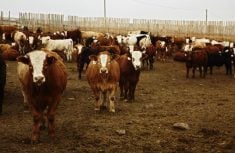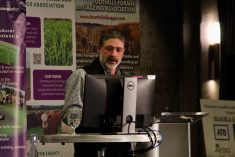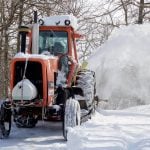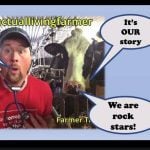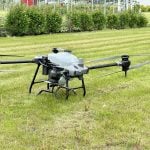Grazing cattle on newly harvested crops used to be common on every farm, but as more farms specialize in cattle or grain, it is rare to see cattle picking through barley or wheat stubble.
At Walter Farms, stubble grazing is an integral part of their management plan that has the 450 cows and 50 heifers grazing for nine or 10 months each year.
At the end of August, one herd had been moved onto a grass pasture next to a grain field. Once the crop was harvested, someone opened the gate so the cattle were easily moved during the busy harvest season.
Read Also
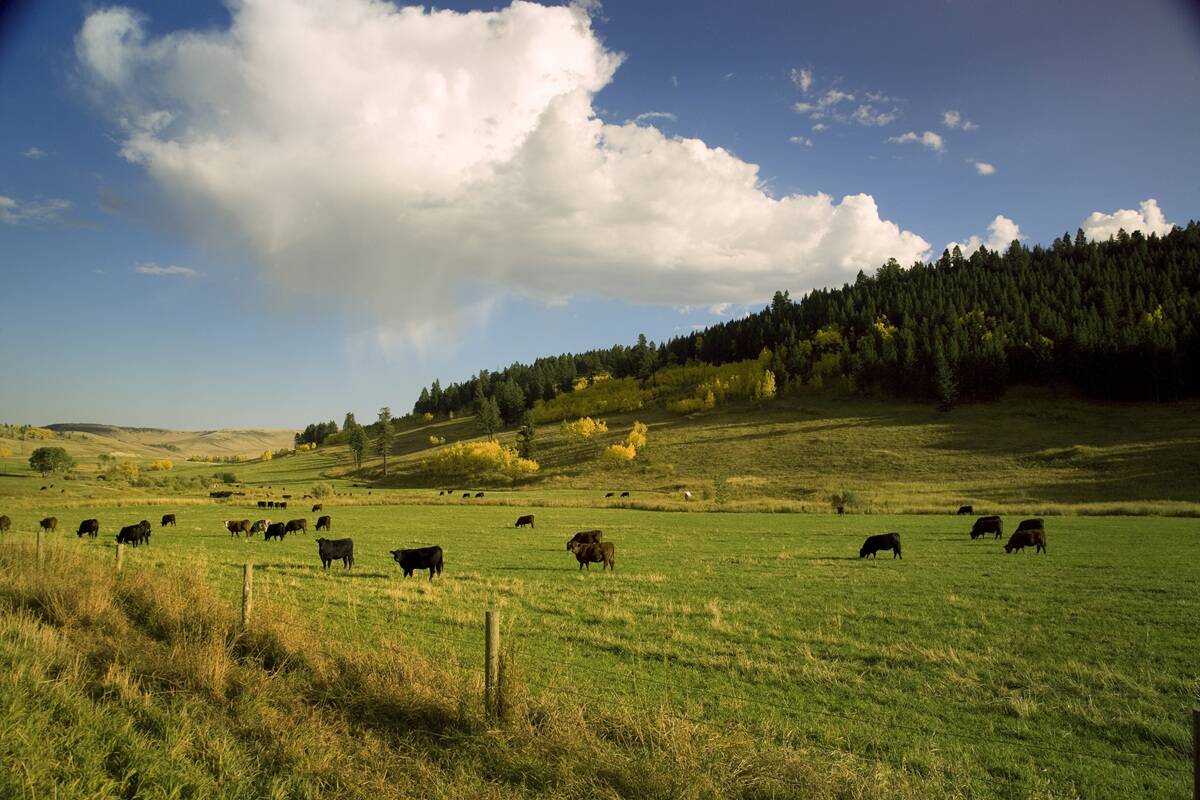
Are you a competitive supplier of weaned beef calves?
Beef farmers and ranchers need to strategically manage costs to achieve and maintain profitability.
The farming co-operative partnership includes brothers Ernie and Ed Lange and their families, and father and son Stan and Chris Walter and their families.
It was when the group moved from an area on the south side of Edmonton to Armena, just north of Camrose, in 2006, they had enough land available to increase their herd and increase the length of time the cattle grazed in the fields.
“It is nice to bring the cattle home and give the calves their shots and kick the pairs back out again on land that has been harvested. It helps with the soil fertility,” said Chris Walter.
“We can walk them out there and back with a saddle horse and they’re lined up for weaning. They’re not piled on top of each other in a small paddock.”
At the same time the families moved to the area, they joined the Heritage Angus group as a way to differentiate their cattle and get a marketing boost with their hormone- and antibiotic-free cattle program.
“When we first came out here, we were looking for an avenue to direct market. We wanted to differentiate ourselves,” said Lange.
Knowing they wanted to expand their grazing program, they paired their recently expanded Angus-based herd with cattle genetics from New Zealand designed to graze and finish on grass.
“We can finish cattle on virtually no grain. The calves in the feedlot, we’ve had phenomenal response with very little added grain,” said Lange.
After 15 years of using genetics from animals selected to forage, their program has started to pay off. In the past few years, the cattle have been grass-finished either at their own yards, or at the nearby Pine Haven Hutterite Colony. The colony also has a federally inspected processing plant, which gives the farm options to sell their meat across Canada, or overseas.
The beef from their grass-fed cattle is often ranked top of the market for quality, which in turn reassures the group their program is working.
“The financial benefit comes from having a secure market. Right now, you get to haul anything to any market and you’re going to do really great. We have been able to extract a premium on the way up, but when it tips and goes the other way, we are going to be able to get a premium longer,” said Lange.
“We may make more money, but in reality we just wanted to do it a little differently. It is more what we like to do or what we want to do.”
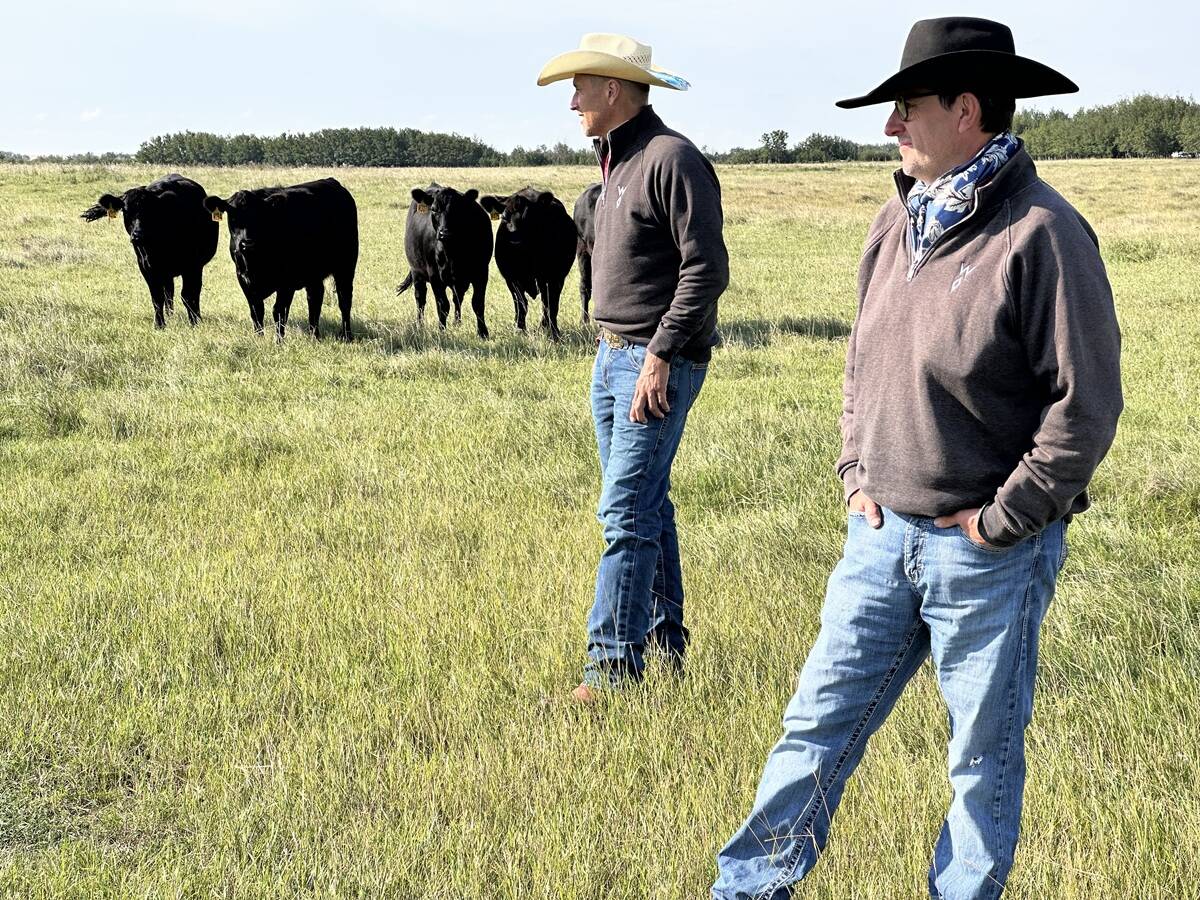
Grazing
Once the 5,000-acre harvest is finished and the calves are weaned, the calves remain in the home feedlot to ensure adequate nutrition. The cows will spend most of the winter grazing the swathed cover crops, swathed grain or standing corn.
“From weaning on, we try to graze,” said Ed Lange, who believes there is a financial benefit to grazing the cows throughout the winter.
Chris Walter believes over the past 15 years, the grazing has improved the soil fertility as well. When they moved to their location, the soil organic matter was about two per cent and now ranges between nine and 12 per cent because of the manure left on the land and their grass and hay rotations.
After the cattle finish winter grazing in the spring, they are moved to 600 acres of stockpiled grass pastures that have not been grazed since June. While the grass is not high in nutrition, with supplemental feeding, it does act as a good calving ground close to home.
Access to water throughout the year has been one of the keys to their grazing success. Dugouts that have been plumbed with piping when they were built act as wet wells to keep the cattle in water, as long as there is water in the dugout.
Farming as a co-operative with the different families is not always easy, but it enables everyone to spend more time with their own families and attend other activities. Legally, the enterprise is a partnership, but acts as a co-operative.
“Our motto is we try to co-operate, not compete. We all own our own land, and the farm partnership covers the cost associated with the land, and in turn gets to use those lands for the benefit of the partnership. What we have achieved here we wouldn’t have come close to on our own,” said Lange.
“The whole concept with our farm is we’re trying to find a way to be economically sustainable. We’re trying to be environmentally sustainable and create a scenario where we still have time for our families.”
Ernie Lange said their farm is like an extended family, with everyone invited to family birthdays, hockey games, ball games or rodeos.
“What I most admire about our operation is our connectedness to each other,” said Ed Lange. “I have a relationship with Chris’s kids that is very close. They help us with branding and other farm activities. We get to know each other’s families. It creates a unique environment. My boys grew up with multiple dads. You can’t recreate this.”

